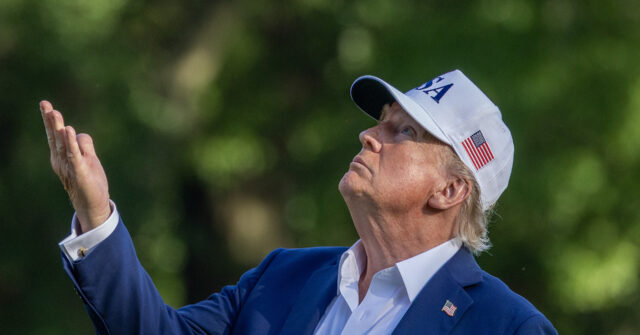President Donald Trump said late Sunday that imports from countries aligning with “the Anti-American policies of BRICS” would face an additional ten percent tariff.
The BRICS bloc nations have been meeting in Rio de Janeiro over the weekend. Prior to Trump’s announcement of new tariffs, the group released a statement saying it had “serious concerns about the rise of unilateral tariffs and non-tariff measures.”
“Any Country aligning themselves with the Anti-American policies of BRICS, will be charged an ADDITIONAL 10% Tariff,” Trump said in a Truth Social post on Sunday night. “There will be no exceptions to this policy.”
The BRICS bloc—Brazil, Russia, India, China, and South Africa—traces its origins to a Wall Street research report, not a diplomatic summit. In 2001, Goldman Sachs economist Jim O’Neill coined the term “BRIC” to describe a set of large, fast-growing economies—originally, Brazil, Russia, India, and China—that, he argued, would become increasingly important to global markets. The idea was pitched as an investment thesis, identifying countries with the potential to drive future global economic growth.
By 2006, the governments of Brazil, Russia, India, and China began holding informal meetings under the BRIC label. The first official BRIC summit took place in 2009 in Yekaterinburg, Russia. South Africa joined the group the following year, expanding the acronym to BRICS. Since then, the bloc has developed into a political and economic forum, holding annual summits and launching joint initiatives. It now also includes Egypt, the United Arab Emirates, Ethiopia, Indonesia, and Iran.
Saudi Arabia’s status is unclear. While an official BRICS bloc website describes Saudi Arabia a member, earlier this year the Saudi foreign minister said his country was still assessing whether to join the group.
Read the full article here
